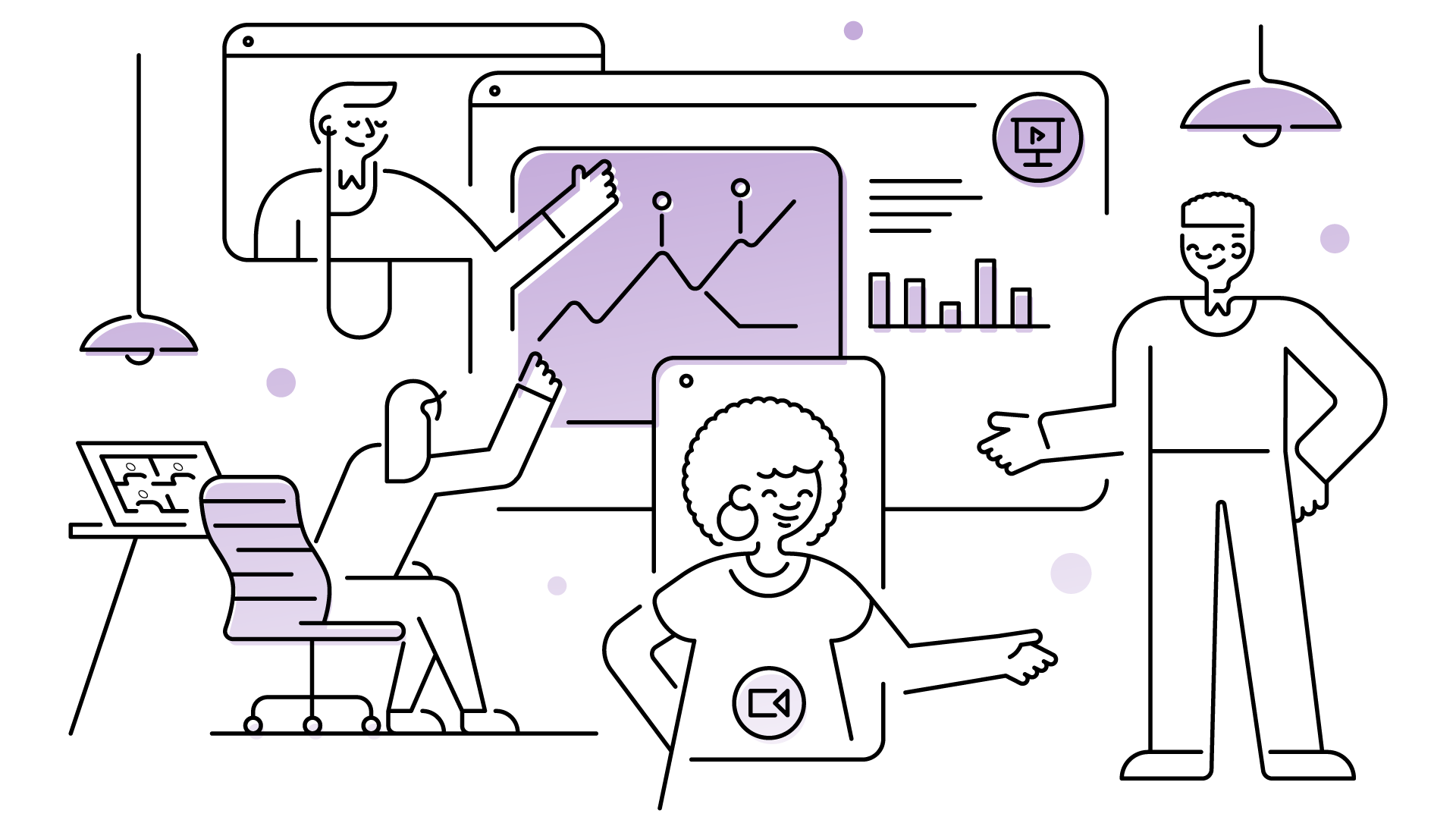
In the vast landscape of technological innovation, few topics capture as much attention and speculation as artificial intelligence (AI). From self-driving cars to smart assistants, AI permeates nearly every aspect of modern life. Yet, amidst the flurry of advancements, there exists a peculiar blind spot: payroll operations.
In an era dominated by AI, one might assume that businesses would eagerly adopt it to streamline their payroll operations, drawn by the allure of automation promising efficiency, accuracy, and cost savings. However, reality tells a different story. Despite its ubiquity in other domains and the discourse surrounding AI's transformative potential in the business world, the adoption of AI in payroll processing remains surprisingly sluggish.
According to a recent survey conducted for Alight’s 2024 Global Payroll Complexity Report, only 4% of respondents currently use AI in their payroll operations and only 8% have any plans to implement AI functionality in the next 2 years.
Why isn’t AI sweeping the payroll landscape?
There are probably a variety of reasons, but we can broadly categorise them into three distinct barriers to adoption:
- Knowledge Gap – Lack of knowledge and understanding when it comes to AI: what it is, how it works and the impact it will have on the workforce.
- Strategy – Uncertainty about how AI fits into the larger business strategy and which payroll functions will benefit most.
- Data Quality/Security – Concerns about the quality, timeliness, and security of AI data.
We’ll now explore each of these in turn.
Knowledge Gap
As a new technology, there is a lot of mystery surrounding AI and many companies don´t seem to have a clear idea of what it is or how it works. According to a poll of payroll professionals at a recent PAYO AI Webinar, 47% said they simply don't know enough about using AI in payroll.
This lack of knowledge can also lead to numerous concerns. While many payroll professionals acknowledge the potential of AI to automate and streamline time-consuming work, they are also concerned about its potential to negatively impact their career paths. In fact, over a third of European workers are concerned they won’t be able to keep up with AI-related developments, and nearly one-quarter of U.S. workers are concerned that AI-based workplace automation will replace their jobs in the next five years.
What is AI? And what does AI do?
There are three types of AI:
- Artificial narrow intelligence (Goal-oriented intelligence) – Designed to complete very specific actions. It is unable to learn independently, and it’s the kind of AI most of us are familiar with: Chat bots, facial recognition, or virtual assistants like Siri and Alexa.
- Artificial general intelligence (Replicates humans) – More complex and designed to learn, think, and perform at similar levels to humans. Examples include self-driving cars or IBM’s supercomputer, Watson.
- Artificial super intelligence (Beyond human intelligence) – Doesn’t actually exist but may in the future. This type of AI would theoretically not only be able to match but surpass the knowledge and capabilities of humans.
Generative AI
One of the most well-known and practical applications of AI is what’s called Generative AI. Most generative AI programs would fall into the category of goal-oriented, narrow intelligence (though some more advanced models are moving toward the general intelligence realm).
Generative AI analyses and learns from existing content and then applies that knowledge to the creation of new content. Think ChatGPT or DALL-E. This content can be anything from text to images to software code.
There are clearly potential benefits of implementing artificial narrow intelligence programs like generative AI in the workplace, but it’s also clear that worries about these programs are unfounded.
Most AI programs still require human users to direct their learning and refine their output. In fact, according to some analyses, AI is far more likely to enhance the employee experience than eliminate it.
Strategy
While the above adequately explains the capabilities of AI in very general terms, many companies may still be unsure or sceptical about its specific applications in the payroll arena and how to take full advantage of the benefits AI offers.
What can AI bring to payroll?
The most obvious benefit is automation. The payroll process is often slowed by time-consuming tasks requiring laborious manual effort. From uploading data between HR, time, and attendance to responding to high volumes of payroll enquiries from employees.
AI can schedule automatic data transfers, freeing up employees to focus on more critical tasks and thereby reducing manual workload.

Similarly, AI can reduce the workload of support staff by using 24/7 chatbots or guided self-service applications to handle common payroll queries. This is at the same time as learning to handle more complex questions and direct employees to the proper channels for resolution.
Another benefit AI can offer payroll is pattern recognition. In addition to aggregating and transferring data, AI applications can analyse and deduce patterns. It can highlight areas in need of improvement and even offer predictive analytics.
An interesting development is being able to spot trends in Earned Wage Access (EWA), which can then offer budgetary assistance and/or use time and attendance patterns to optimise workforce allocation to support employees.
And, at a time, when remote work has become widespread, AI can simplify remote worker management, seamlessly handling taxes and managing benefits for employees in different jurisdictions.
The extent to which any company chooses to implement these AI solutions will depend on their individual needs. But it’s clear that AI technology offers a variety of applications that can optimise payroll processes and assimilate into the wider business strategy for any organisation.
Data quality
There’s no question AI can quickly aggregate and analyse data, but many companies have concerns regarding the quality and accuracy of data processed by AI solutions. The lack of transparency in AI algorithms may leave companies wondering whether they can trust the outcomes, especially considering IT systems in the headlines, like the Post Office Horizon system scandal. AI, however, seems just as effective at ensuring data accuracy as data efficiency.
How does AI ensure data quality?
AI uses a process called anomaly detection. By leveraging traditional defensive queries against employee pay history and pay component combinations, AI solutions can find the top outliers compared to aggregate results in payroll data and even identify outliers in master data.
By detecting and flagging these irregularities, AI can deliver instant insights to payroll analysts, while correcting errors. And with every pay run, the AI learns, preventing repeat errors.
Data Security
Given the sensitive nature of employee information, data security is also paramount in payroll processing. It’s understandable that leaving sensitive payroll data entirely in the hands of a machine may worry some. AI technologies such as encryption and access controls, however, can bolster data security measures, safeguarding payroll data against unauthorized access, breaches, and cyber threats.
Encouraging AI adoption
Though companies may currently be slow to embrace AI, it seems likely that the technology is here to stay and will only continue to advance and evolve.
Given the benefits it affords in terms of efficiency, quality, and analytics, it also seems likely that the adoption of AI technology in the payroll landscape will accelerate.
The question remains: How can you encourage adoption and prepare for implementation in your company?
- Education – Much of the resistance to AI stems from lack of knowledge. It is important for your organisation to understand what AI is, what is required to deploy it, and the impact it will have on your workforce.
- Strategy – Many companies have been slow to embrace AI due to uncertainty about its applications and benefits. Define your business needs to illustrate how AI can be best implemented to help your business achieve its goals.
- Data – Concerns about algorithm transparency and data quality have led to hesitation in AI adoption. While AI solutions can, in fact, improve data quality and accuracy, it’s important to prepare your data before implementation to ensure the best outcomes.
It seems clear that AI is here to stay. Given the benefits it offers in the workplace, both in payroll and elsewhere, the likelihood is that, even when its current moment of technological stardom has passed, it will remain an indispensable technology in every aspect of business. Like so many advances that have come before, from the telephone to the personal computer, companies that want to stay at the forefront of their ever-evolving industries ought to seriously consider embracing this new technology. By directly addressing these barriers to adoption, you can reduce much of the resistance AI technologies currently face and ensure that your organisation reaps the maximum benefit as AI takes its place in the larger business landscape.




